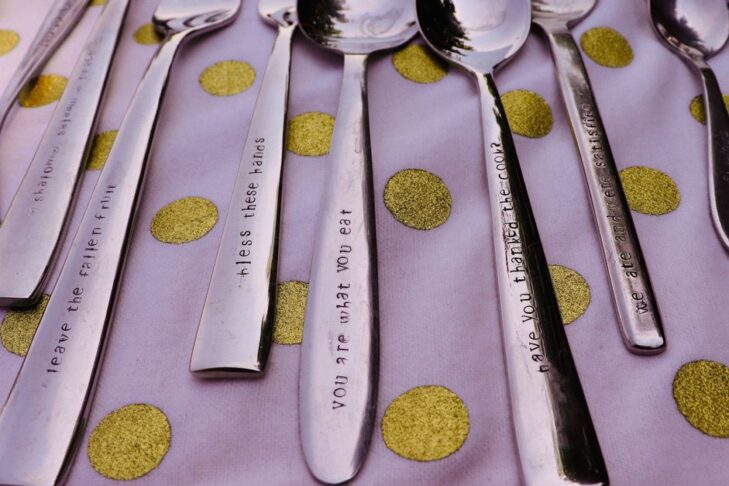Art d’var: Commentary on Torah through a related work of art. Just as Torah is a framework for Jewish life that must be unpacked and investigated from many angles to understand the depth of its content and applicability to our own lives, so is great art. This series illuminates works of art that help contemporize the ancient text of the Torah.
Behar
May 21, 2022
737 Hebrew words
57 verses
Leviticus 25:1–26:2
Behar, Hebrew for “On the mountain,” is the Torah portion that details the laws of the Shmita year, the sabbatical every seven years mandated in the Torah. During this year, working the land is prohibited and all debts are forgiven (a pretty magical-sounding concept in today’s world!). This is especially relevant right now because 5782, the current year, is a Shmita year.
The purpose of the Shmita year is to reset, refresh and renew—to both let the land restore the necessary nutrients to grow another round of food, and to let those in debt be freed from obligation and forge a path forward.
In a world that can feel relentless, Shmita is an opportunity for a fresh start for people and for the environment.
As part of The Shmita Project, American Israeli artist Shoshana Gugenheim Kedem has taken this holy and important concept and brought it down to a tangible level that pushes us to think about the core issues of the Shmita year.
In her “Shmitaware: Flatware for the Shmita Year and Beyond” series, Shoshana stamps bold questions and phrases like: “Who grew your food?” “Leave the fallen fruit.” “We ate and we were satisfied.” “Shalom Salaam Peace.”
By putting these phrases onto a ubiquitous eating utensil, Shoshana actively reminds us to think about our actions in the seemingly most mundane of moments.
Each set of “Shmitaware” is crafted in partnership with a different presenting organization, so that the imprints address issues of a particular theme for a dinner gathering.
This way of infusing the themes of Shmita for audiences is natural to Gugenheim Kedem, who is both an interdisciplinary artist and one of the first women in modern times to train and practice as a female Torah scribe, a soferet. As Shoshana says, her “work dismantles patriarchy in Jewish and other spaces, redistributes agency to the public domain and centers the female voice through the sacred and the mundane.”
In “Shmitaware,” Shoshana takes the language modality that is core to being a soferet and her contemporary art sensibility to bring the big seven-year shmita idea down into a beautifully mundane form—as silverware for everyday meals.
As Shoshana says, “Shmitaware” as a name and object reflects the values and lessons embedded within the Jewish teachings and practices in a shmita year. “Shmitaware” offers a starting point for conversations about food justice, food sourcing, rest, nourishment, the joy of gathering to share food and more.
“Shmitaware” is as much a prompt to conversation about the joys and complexities of sharing food in our contemporary food systems as it is hiddur mitzvah (Hebrew for “making the mitzvah beautiful”), an aesthetic elevation of the commandment to sanctify our meals.
“Shmitawear” is one of many pieces in The Shmita Project.
As the creators of it say, The Shmita Project is working to expand awareness about the biblical sabbatical tradition, and to bring the values of this practice to life today to support healthier, more sustainable Jewish communities. The Shmita Project works across the Jewish landscape to elevate the role that the year of rest plays in today’s society.
The goal is not simply to raise awareness of shmita, but to unearth and explore the ways that traditional teachings about it shed light on a significant range of contemporary issues that directly or indirectly impact us, making space to consider the need for rest and restoration, especially in a world that seems nonstop with difficult news, endless social media and other distractions that can make us lose sight of what really matters.
So, in this once-every-seven-years moment, I hope this inspires you to think about ways you might rest, restore and renew.
Learn more about The Shmita Project here.
This post has been contributed by a third party. The opinions, facts and any media content are presented solely by the author, and JewishBoston assumes no responsibility for them. Want to add your voice to the conversation? Publish your own post here. MORE



